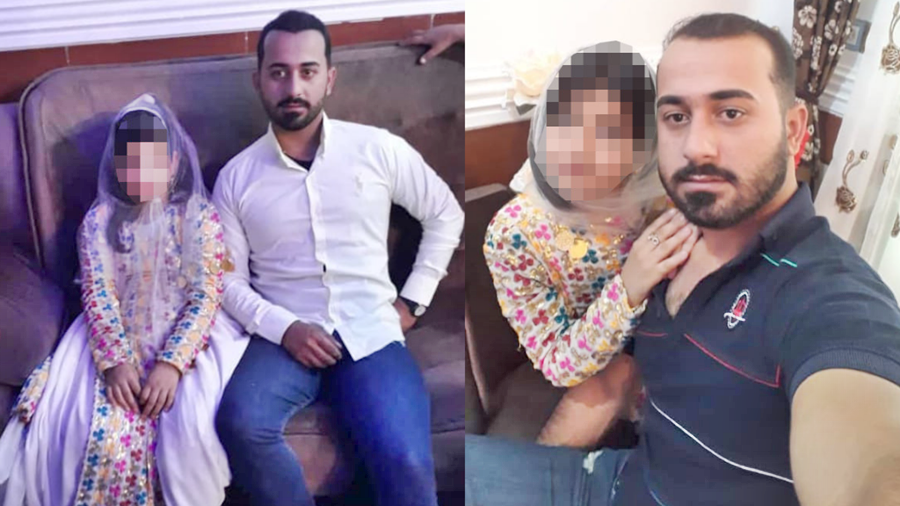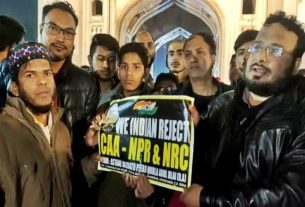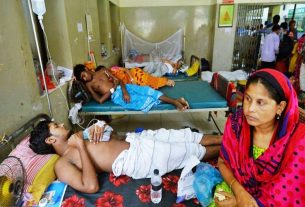FILE PHOTO
Thu 13 February 2020:
The figures on child marriages in Iran are shocking. Regardless of what age or criteria we use to define it, the figures of marriage of young girls are impressive even by the standards of marriage in the Islamic Republic. Three models can be considered to understand exactly what is happening around child marriages in Iran. One is the international standard, based on UNICEF’s definition of childhood marriage. The second is based on the definition of the legal marriage age according to an unratified piece of legislation put forward by the Iranian government. And the third is based on what is currently considered as the conditional minimum age of marriage in Iran.
One out of every five marriages in Iran is a child marriage
UNICEF considers any marriage involving at least one person under the age of 18 as a child marriage. Accordingly, in most countries in the world, marriage is illegal under the age of 18; in Iran, such a standard seems like a distant dream for childrens’ rights advocates. The marriage statistics of girls under the age of 18 demonstrate the severe situation in the country.
A total of 550,565 marriages were registered in March 2018 to March 2019. In 112,647 cases, the bride was ages 17 years or less. More than a fifth of marriages registered in Iran during that year were therefore child marriages by UNICEF’s measure.
In one out of every 10 marriages in Iran the bride is less than 16 years old
The second criterion is based on a government bill that stalled in the Iranian parliament’s judicial committee. The bill was not world-class but it was a progressive move against the status quo. The bill sets the minimum age of marriage at 16 years and strictly forbids marriages involving anyone less than 16 years of age.
Iran’s minimum age for marriage, had the bill passed, would have been fixed at 16 years; nevertheless, according to the National Organization for Civil Registration, last year there were 54,381 marriages registered in Iran where the bride was young than this age. The figure means that about 10 percent of all marriages last year therefore involved a child bride by Iran’s own (failed) standards. Previous years had similar figures.
Out of every thousand registered marriages, in three cases girls 12 years or younger were married through a judge’s ruling
The third criterion, regarding the number of girls 12 years or younger who are married each year, reflects the worst of the present situation. Article 1041 of Iran’s Civil Code says that marriage of a girl younger than 13 years and a boy around 15 years must be approved by the parents and through a court ruling.
Data from the National Organization for Civil Registration records that around 1,100 girls under the age of 12 were married in 2017-2018; more recently, the figure has been around 2,600 girls. This is in the range of two or three marriages per thousand registered throughout the year – which is a large and significant number considering the legal obligation to secure court approval. The law permits a judge to issue a marriage license in all such cases when it is “expedient” to do so.

What are the reasons for child marriage?
Child marriage as a phenomenon in Iran exists for a range of reasons. Certainly, a number of cultural, religious, economic, and political factors have led to the prevalence of childh marriage in Iran.
Religious Conservative Trends
One of the reasons for the high rate of child marriage in Iran is the dominance of religiously conservative factions who exert enormous political influence. In recent years, this group has been active on two fronts; the first being propaganda or, in other words, promoting the early marriage of young children through official media. On the second front, through political influence, these factions have succeeded in preventing a reform of the law that would curtail child marriages.
Society and Culture
Cultural factors also play a role in child marriages. A glance at the geographic distribution of incidences of child marriage in Iran shows that, in addition to provinces with pronounced levels of religiosity such as Khorasan and Sistan and Baluchestan, the situation in northwestern Iran is particularly critical, a point that needs careful social and cultural study to understand at a fundamental level.
Economy
One of the main reasons for the prevalence of child and forced marriages in Iran is the poverty and economic desperation of poor and large families. Marrying daughters means lowering family costs. Studies show that the greater the economic prosperity and the higher the level of welfare, the lower the rate of forced marriages.
There has been a tradition of child marriages in exchange for financial compensation in slum areas for many years. But more recently, the phenomenon has taken on new forms and has pushed more and more people into this evil bargain.
On one side, there is the temptation to acquire marriage loans; and on the other, there is the unprecedented deterioration of the economic situation for all Iranians.
Last year, the available marriage loans for the brides and grooms was 30 million tumans (roughly $2,500) each – a total 60 million tumans for the couple. Reports suggest that marriage loans in next year’s government budget will reach 100 million tumans, or about $8,000, though this is not yet approved.
The total marriage loan for a couple compares favorably to Iran’s average household income. National statistics for 2017-2018 show that average urban household income in Iran was 28 million tumans, and in some provinces it was lower than 20 million tumans; getting married, then, can double the income of a typical urban household.
Income levels in rural areas are naturally far lower – 16 million tumans in some areas and as low as 10 million or less in the poorest parts of Iran. Parents who might marry off under-age daughters for religious, political or cultural reasons are therefore further incentivized to do so by the harsh economic realities.
Iran Wire
Think your friends would be interested? Share this story!





